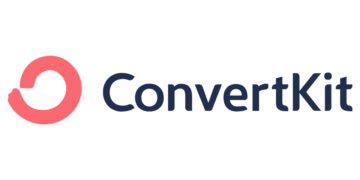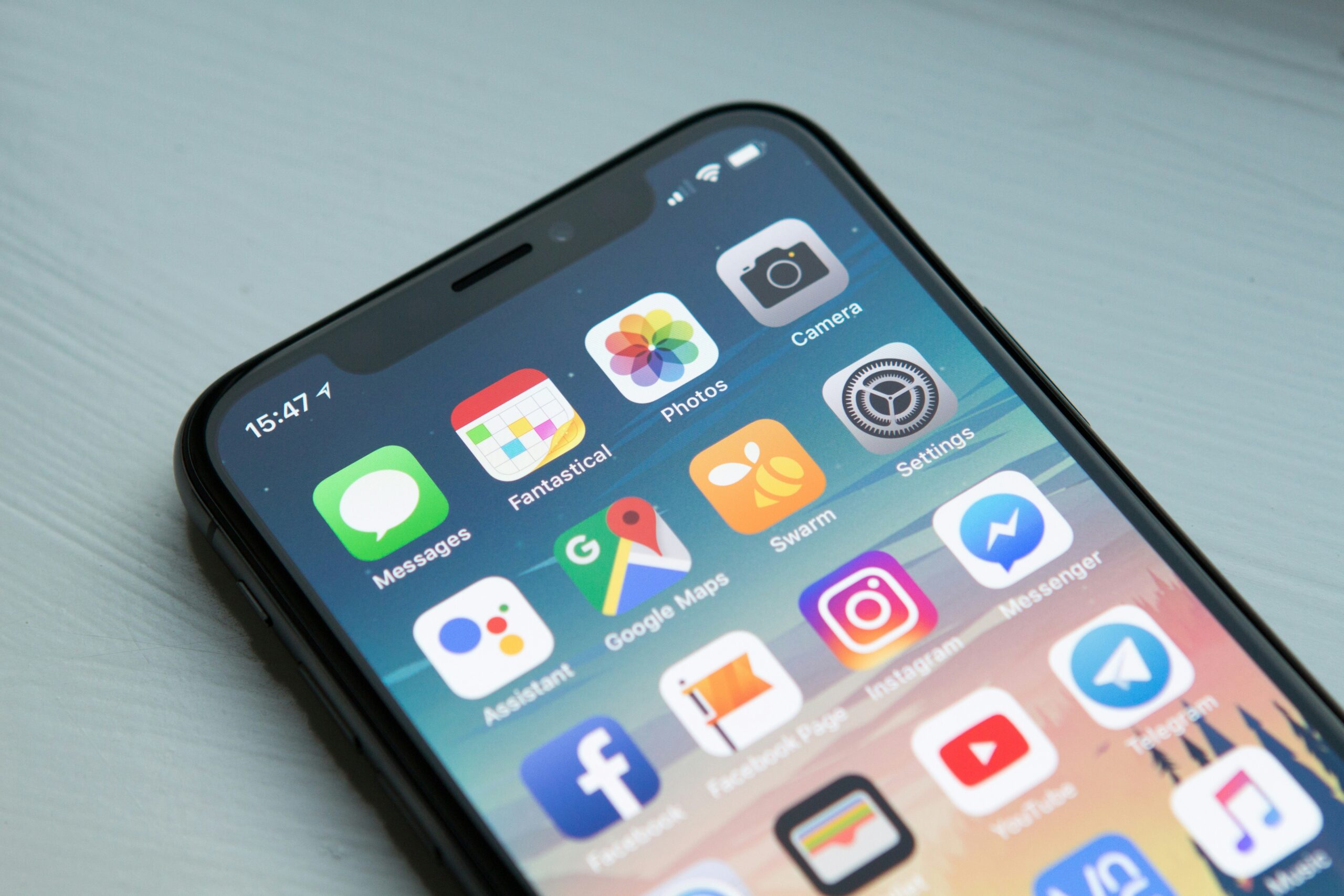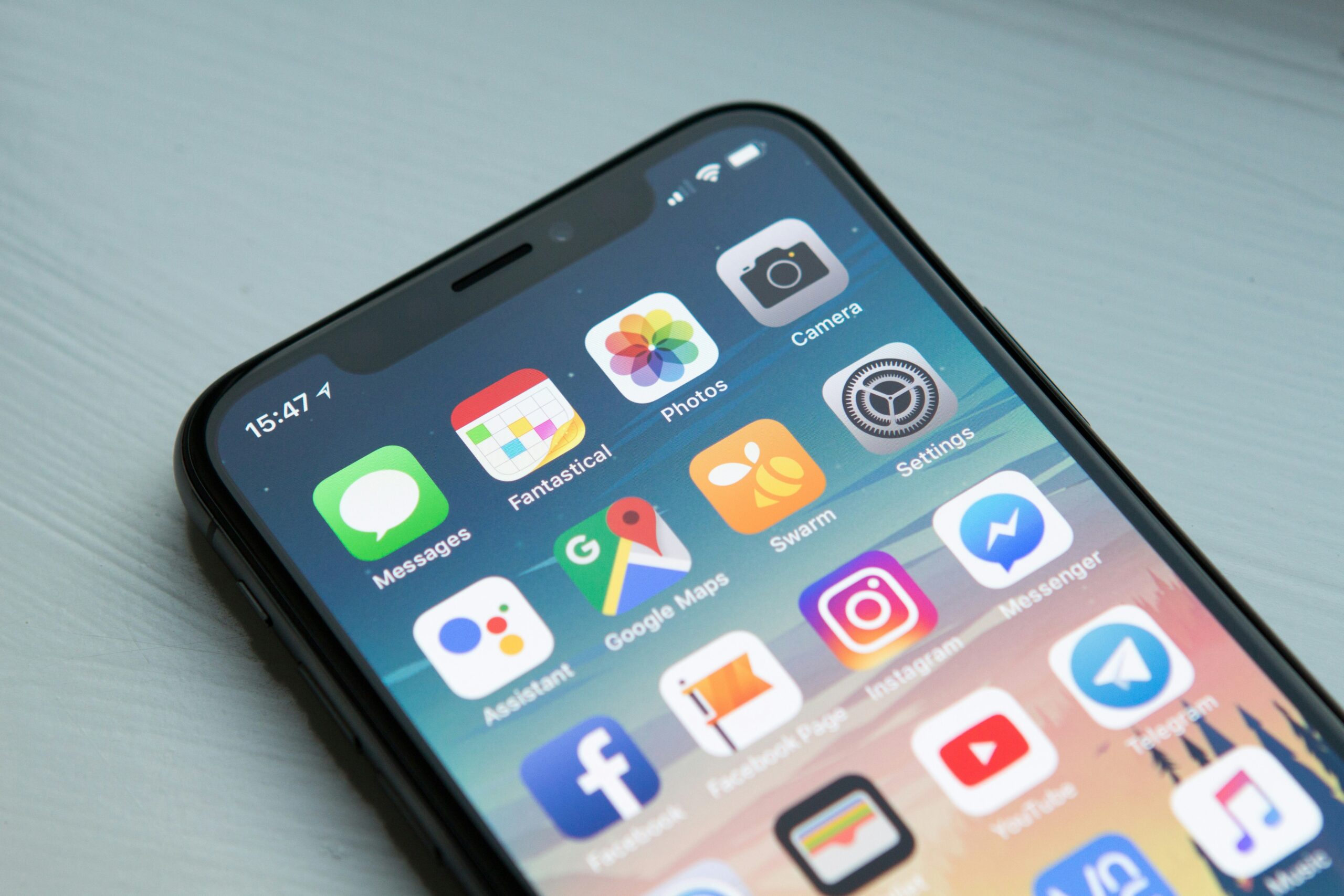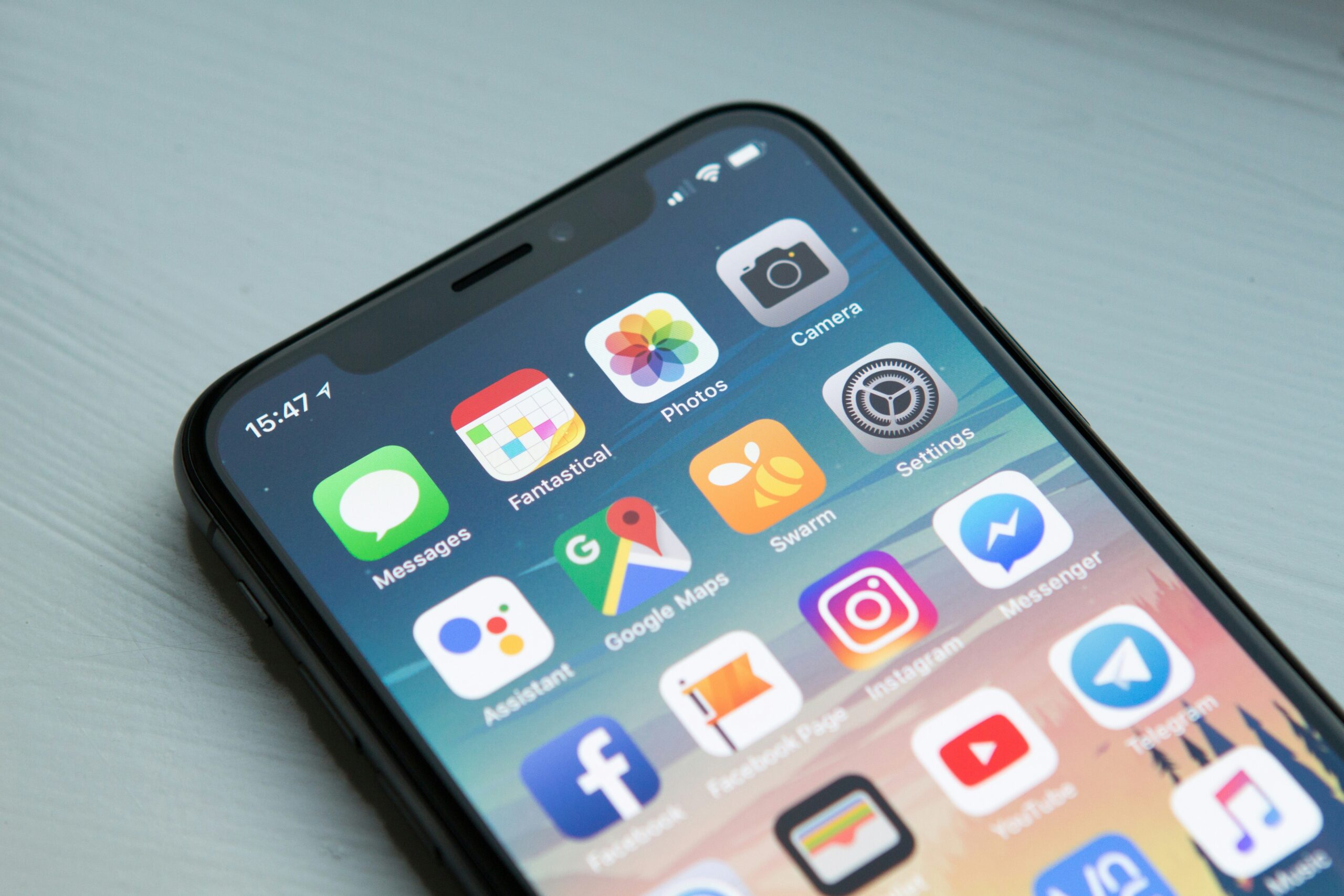No products in the cart.
The App Arbitrage Advantage: Buy Low, Sell High on Mobile Apps
App arbitrage is a relatively new investment strategy that involves buying mobile apps at a low price and then selling them at a higher price to generate a profit. With the increasing popularity of smartphones and the growing demand for mobile apps, this market has become a goldmine for investors looking to make a substantial return on their investments.
One of the key advantages of app arbitrage is the ability to buy low and sell high. This strategy is similar to traditional stock market trading, where investors aim to buy stocks at a low price and sell them when the price increases. However, with app arbitrage, the potential for profit is even greater due to the rapid growth and constant demand for mobile apps.
So, how does app arbitrage work? It starts with identifying undervalued apps that have the potential to grow in popularity and generate a significant user base. This requires extensive research and analysis of the app market, including factors such as user reviews, download statistics, and market trends.
Once a promising app has been identified, the investor can negotiate a purchase price with the app developer or owner. This is where the advantage of app arbitrage comes into play. Since the app market is still relatively new and undiscovered by many investors, there is often a lack of competition when it comes to buying apps. This allows savvy investors to negotiate favorable purchase prices and secure undervalued apps at a fraction of their potential worth.
After acquiring the app, the investor then focuses on increasing its user base and overall popularity. This can be achieved through various marketing strategies, including targeted advertising campaigns, social media promotions, and partnerships with influencers or other app developers. By increasing the app’s visibility and attracting more users, the investor can significantly enhance its value.
Once the app has gained traction and its user base has grown, the investor can then consider selling it at a higher price. This can be done through various channels, such as app marketplaces, private sales, or even licensing agreements. The key is to capitalize on the app’s increased value and maximize the return on investment.
However, it’s important to note that app arbitrage is not without its risks. The app market is highly competitive, and there is no guarantee that an app will become successful or maintain its popularity over time. Additionally, there is always the risk of technological advancements or changes in consumer behavior that could render an app obsolete or less desirable.
Despite these risks, app arbitrage offers a unique opportunity for investors to tap into the booming mobile app market and potentially generate substantial profits. By carefully selecting and managing their app portfolio, investors can leverage the advantages of app arbitrage and ride the wave of mobile app success.
What is App Arbitrage?
App arbitrage is a strategy that involves buying mobile applications at a low price and then selling them at a higher price to make a profit. Similar to traditional financial arbitrage, app arbitrage takes advantage of price discrepancies in the market. As the demand for mobile apps continues to rise, so does the potential for finding undervalued apps that can be sold for a higher price.
One of the key advantages of app arbitrage is the ability to generate a substantial return on investment in a relatively short period. With the right strategy and careful analysis, investors can identify promising apps with growth potential and capitalize on their value.
When it comes to app arbitrage, there are several factors to consider. Firstly, it’s important to thoroughly research the market and identify the types of apps that are in high demand. This could include popular gaming apps, productivity tools, or niche applications that cater to specific user needs. By understanding the market trends and user preferences, investors can make informed decisions on which apps to target for their arbitrage strategy.
Furthermore, investors need to assess the potential for app growth and profitability. This involves analyzing factors such as the app’s user base, revenue streams, and competitive landscape. Apps with a large and engaged user base, multiple revenue streams (such as in-app purchases or advertisements), and limited competition are more likely to yield higher returns on investment.
Once potential apps have been identified, the next step is to negotiate the purchase price. Investors can approach app developers directly or utilize app marketplaces to find apps that are available for sale. It’s crucial to negotiate a favorable price that allows for a significant profit margin when the app is eventually sold. This may involve conducting due diligence on the app’s performance metrics, financials, and any potential legal or technical issues.
After acquiring the app, the investor can then focus on optimizing its performance and increasing its value. This may involve improving the user experience, implementing monetization strategies, and marketing the app to attract more users. By enhancing the app’s features and functionality, the investor can increase its marketability and potential selling price.
Finally, when the time is right, the investor can sell the app at a higher price to realize a profit. This could be done through direct sales to interested buyers or by listing the app on an app marketplace. The selling price will depend on various factors, including the app’s performance, revenue generation, and market demand. It’s important for the investor to carefully assess market conditions and timing to maximize their return on investment.
In conclusion, app arbitrage offers a lucrative opportunity for investors to capitalize on the growing demand for mobile applications. By identifying undervalued apps, negotiating favorable purchase prices, optimizing app performance, and strategically selling at the right time, investors can generate substantial profits in the app market.
The Strategy: Buy Low, Sell High
The core principle of app arbitrage is simple: buy low and sell high. However, executing this strategy successfully requires a deep understanding of the mobile app market and meticulous research. Here are the key steps to follow:
Step 1: Research and Analysis
The first step is to research the mobile app market and identify potential opportunities. Look for apps that are undervalued or have the potential for significant growth. Analyze factors such as user reviews, download numbers, revenue streams, and competition. This research will help you make informed decisions and minimize the risk involved.
Step 2: Acquire Undervalued Apps
Once you have identified promising apps, it’s time to acquire them at a low price. This can be done through various channels, such as app marketplaces, direct negotiations with developers, or even acquiring struggling apps from other investors. The key is to negotiate a favorable price that allows for a potential profit when selling the app later.
Step 3: Optimize and Enhance the App
After acquiring the app, it’s crucial to optimize and enhance its features and functionalities. This step involves improving the user experience, fixing any bugs or glitches, and implementing marketing strategies to increase app visibility and attract more users. By enhancing the app, you can increase its value and demand in the market.
Step 4: Timing the Sale
The success of app arbitrage heavily relies on timing the sale correctly. Monitor market trends, keep an eye on competing apps, and assess the demand for your app. Selling too early could mean leaving potential profits on the table, while selling too late could result in a loss. It’s essential to strike the right balance and make an informed decision based on market conditions.
Furthermore, it’s also important to consider external factors that may influence the timing of the sale. For example, if a new feature or update is planned for the app, it may be wise to wait until after the release to capitalize on the increased interest and potential value. Similarly, if there are industry events or conferences where the app can be showcased, it could be beneficial to hold off on the sale until after these events to maximize exposure and attract potential buyers.
In addition to timing, pricing the app correctly is crucial. Conduct a thorough analysis of the market and comparable apps to determine a competitive price that will attract buyers while still allowing for a profitable sale. Consider factors such as the app’s unique features, user base, revenue potential, and overall market demand.
Lastly, when it comes to selling the app, consider utilizing various platforms and channels to reach a wider audience. App marketplaces, online forums, and social media platforms can all be effective in connecting with potential buyers. Be sure to provide detailed information about the app’s features, performance, and potential for growth to entice interested parties.
Monetization Challenges
One of the potential risks of app arbitrage is the challenge of monetizing the app effectively. While there are various strategies to generate revenue from apps, such as in-app purchases, advertisements, or subscriptions, it’s important to carefully consider which approach will work best for your target audience and app niche. Implementing the wrong monetization strategy can result in low revenue generation and potential financial losses.
App Store Policies
App stores, such as the Apple App Store and Google Play Store, have their own set of policies and guidelines that developers must adhere to. Failure to comply with these policies can lead to app rejection or removal from the store, which can significantly impact your app’s visibility and potential for success. It’s crucial to thoroughly understand and follow these policies to mitigate the risk of app store penalties.
Technical Issues
Developing and maintaining a mobile app involves dealing with various technical challenges. Bugs, crashes, and compatibility issues can arise, affecting user experience and app performance. It’s important to have a robust quality assurance process in place to identify and resolve technical issues promptly. Neglecting to address technical problems can result in negative user reviews, decreased user satisfaction, and ultimately, a decline in app popularity.
Changing User Preferences
User preferences and trends in the app market can change rapidly. What may be popular today may become outdated tomorrow. It’s crucial to continuously monitor user feedback, conduct market research, and adapt your app to meet evolving user preferences. Failing to keep up with changing trends can lead to a decline in app downloads and user engagement.
Data Security and Privacy
Data security and privacy are significant concerns for users in the digital age. App developers must prioritize protecting user data and ensuring compliance with data protection regulations. Failure to do so can result in reputational damage, legal consequences, and loss of user trust. Implementing robust security measures and being transparent about data handling practices can help mitigate the risk of data breaches and privacy violations.
Financial Investment
Developing and marketing a mobile app requires a financial investment. This includes expenses such as app development costs, marketing campaigns, and ongoing maintenance. It’s important to carefully plan and budget for these expenses to avoid financial strain. Additionally, there is no guarantee of immediate returns on investment, and it may take time for the app to gain traction and generate revenue. It’s crucial to have a long-term perspective and be prepared for potential financial risks and challenges.






















![A Comprehensive Review of [Course/Product/Experience Name] 22 man in gray shirt sitting on black chair](https://theamericansidehustle.net/wp-content/uploads/2025/03/man-in-gray-shirt-sitting-on-black-chair-1-scaled.jpg)














































































